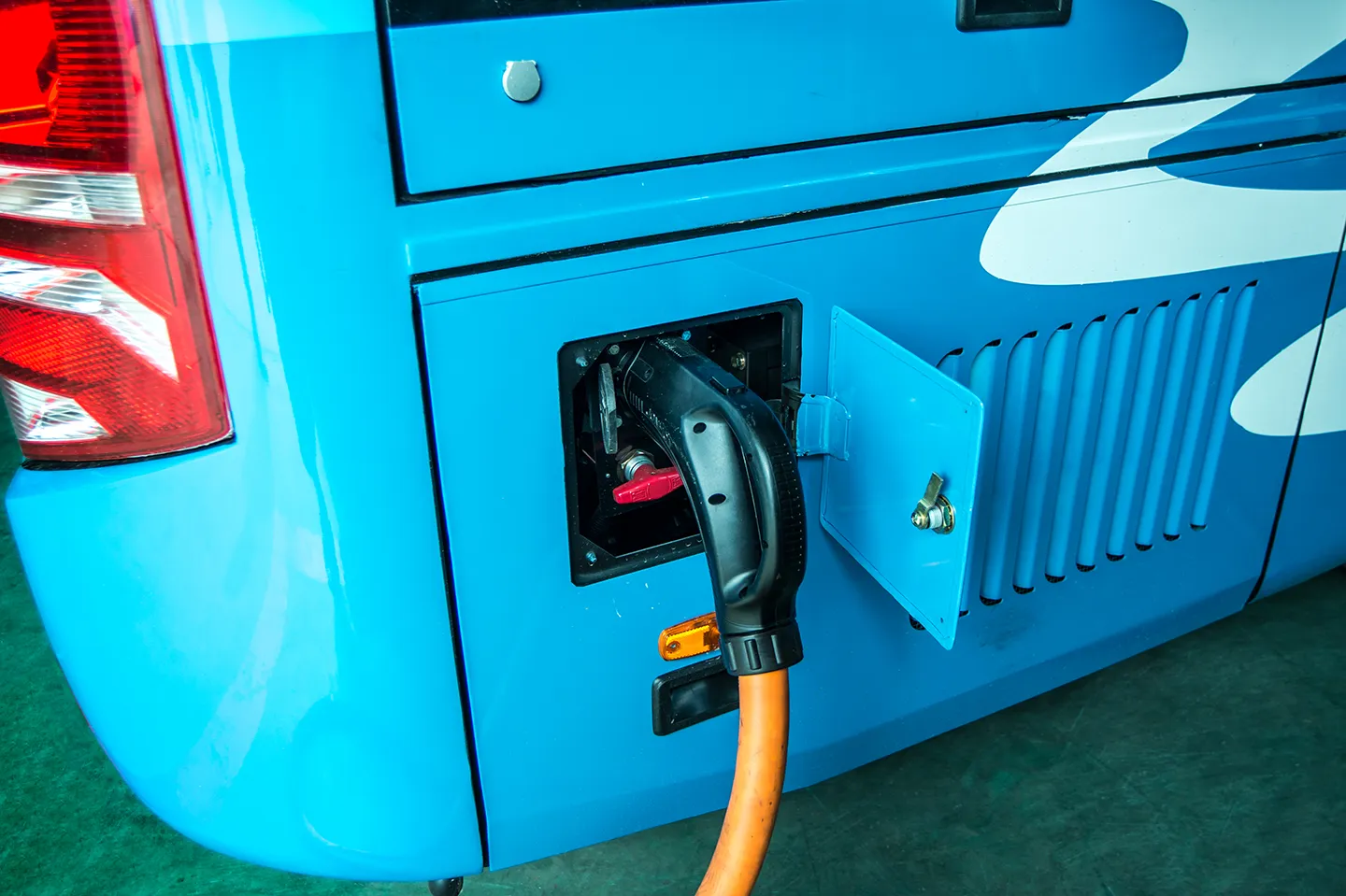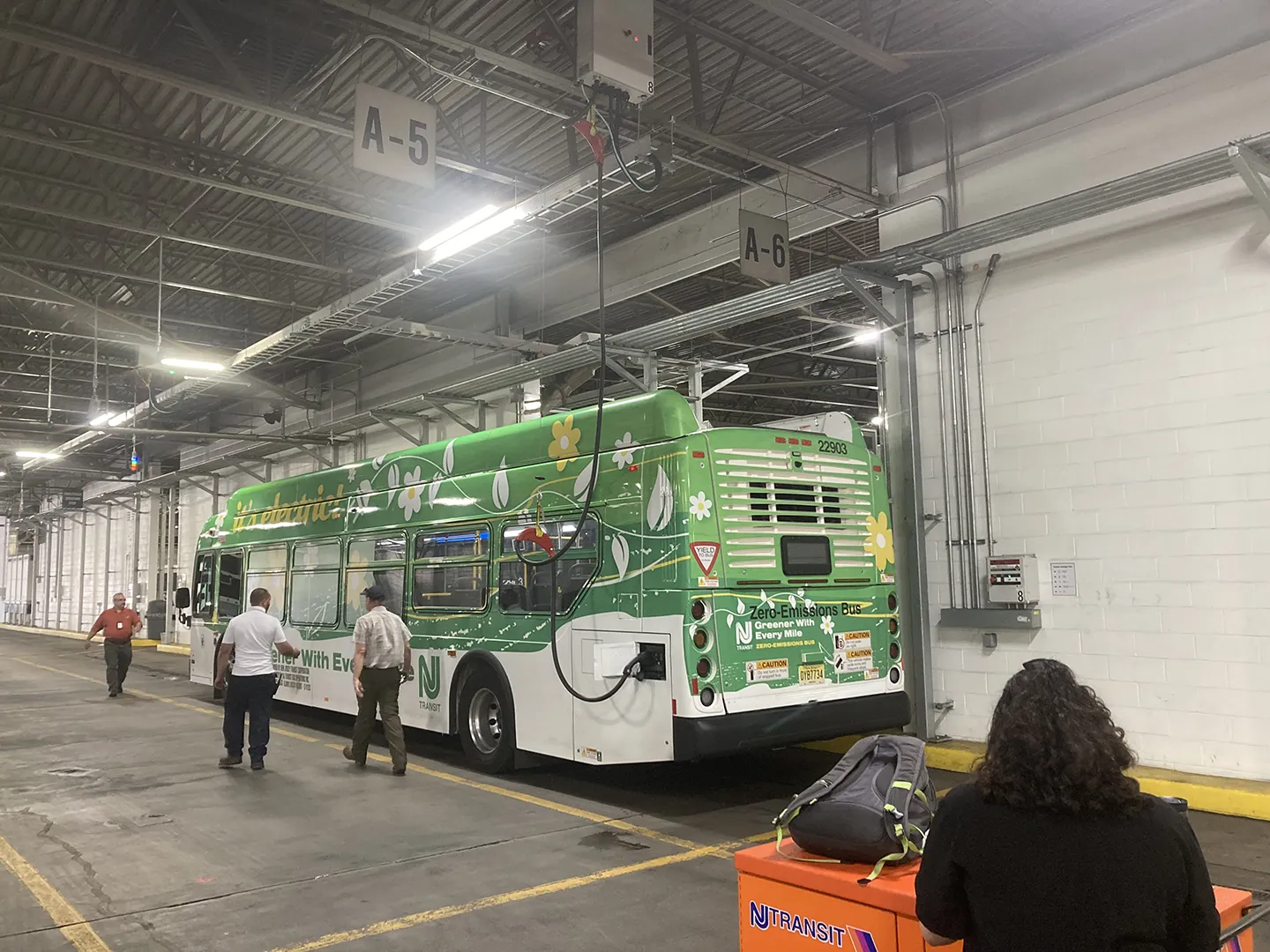In a bold move toward a greener future, the Advisory Council on Historic Preservation (ACHP) has given the green light for a game-changing Section 106 exemption. Section 106 of the National Historic Preservation Act (NHPA) requires that federal agencies consider project impacts on historic properties. The exemption, which was announced late last year, has the potential to reshape the landscape of historic preservation reviews for electric vehicle supply equipment (EVSE). But how exactly does this exemption align with ACHP, and what does it mean for the Section 106 review process?
A Step Towards Sustainable Mobility
This exemption seeks to free federal agencies from the historic preservation review requirements under Section 106 of the NHPA, specifically for the installation of certain electric vehicle supply equipment. The primary objective of the exemption is to fast-track investments in sustainable procurement strategies, with a sharp focus on clean energy and infrastructure. This is a pivotal step towards a future powered by clean, green transportation.
 The Section 106 exemption has the potential to reshape the landscape of historic preservation reviews for EVSE.
The Section 106 exemption has the potential to reshape the landscape of historic preservation reviews for EVSE.
Balancing Modernization and Preservation
The exemption is focused on striking a balance between modernization efforts and climate change mitigation, all while safeguarding and celebrating our historic treasures.
As outlined in the exemption text, EVSE installations will be limited to existing footprints and previous ground disturbance levels. The exemption prefers installation of reversible and non-permanent methods, as feasible. This approach will allow for the impact of these undertakings to remain minimal or non-adverse, aligning with the overarching mission of preservation.
Navigating the EV Charging Landscape
Typically, federal agencies must adhere to Section 106 requirements when installing, maintaining, repairing, or expanding EVSE and charging stations. However, exceptions do exist. These exceptions apply when charging stations are installed in existing parking facilities without major electrical infrastructure modifications, utilizing reversible and minimally invasive techniques. The exemption aims to maintain low and visually harmonious EVSE profiles within their surroundings. Federal agencies are still, however, responsible for considering the effects of other components of their work on historic properties.
The primary objective of the [Section 106] exemption is to fast-track investments in sustainable procurement strategies, with a sharp focus on clean energy and infrastructure. This is a pivotal step towards a future powered by clean, green transportation."
Tessa Nesta
The Infrastructure Investment and Jobs Act: A Catalyst for Change
Implementation of the exemption is encouraged by a broader push towards a more sustainable future. The Infrastructure Investment and Jobs Act (IIJA) allocates $550 billion for new infrastructure investments related to electric vehicles. This includes funding for EVSE, alternative fuel infrastructure, EV batteries, electric grid upgrades, and various types of zero-emission vehicles.
Due to these substantial investments, federal agencies are expected to propose activities that may affect historic properties and thus require a Section 106 review. This exemption is poised to streamline that review process, making way for the safe and sustainable deployment of EVSE.
Real-World Impact: How We’re Supporting this Approach
To bring the vision of electric mobility to life, we’ve been supporting green infrastructure efforts through our work with the Metropolitan Transportation Authority (MTA) and NJ Transit. The MTA plans to convert existing bus depots across New York City to use overhead charging stations and associated infrastructure. This forward-looking initiative supports the electrification of the MTA fleet, with 445 battery-powered electric buses set to benefit from these upgrades. For NJ Transit project, we have assisted in the design of eight charging stations, balancing charging system design against maintenance and construction costs.
 The Newton Bus Garage is equipped with an overhead electric charging station for a NJ Transit project.
The Newton Bus Garage is equipped with an overhead electric charging station for a NJ Transit project.
In support of the MTA’s goals, we take a direct role in advising MTA project initiatives potentially affecting historic properties. We drafted State Historic Preservation Office (SHPO) consultation documents invoking the EVSE exemption for the retrofit of five bus depot facilities to receive charging stations. Located throughout New York City at various bus facilities (Gun Hill in the Bronx, Mother Clara Hale in Manhattan, Queens Village in Queens, Jackie Gleason in Brooklyn, and Yukon in Staten Island), the project employed the use of the Section 106 exemption for EVSE installations.
The projects are a testament to what can be achieved when innovation, sustainability, and preservation come together. To learn more about the MTA’s decarbonization goals click here, and for more information on the Section 106 exemption, click here. Further information about NJ Transit’s electric bus program can be found here.